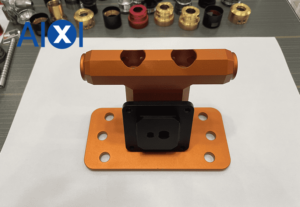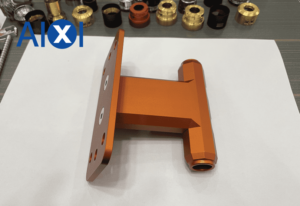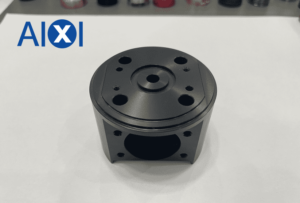How Thin Can You CNC Aluminum?
If you’ve ever wondered how to CNC aluminum, you might have wondered whether you should use straight-flute bits or fluted end mills. While both types of cutters can cut aluminum, wood can be faster to cut. However, wood can suffer from Radial Chip Thinning if you cut it less than 1/2 the diameter of the cutter. Luckily, there are several ways to avoid this problem. Read on to find out how.
End mills with flutes lift the chips up and out of the cutting path
Flutes are part of the anatomy of an end mill. These flutes increase the rigidity of the tool by as much as 16 times, which means it can cut more material per unit time while moving through the material. They also allow chips to form and be expelled, so the overall cutting process can be much smoother and faster. While they can be a nuisance, flutes can also increase tool clearance.


End mills with straight-flute bits
There are many factors to consider when choosing an end mill with a straight-flute bit for CNC aluminum applications. One important consideration is the depth of cut. The number of flutes is determined by the operation type, which might benefit from a lower flute count. Larger flute valleys allow for faster chip evacuation. High flute counts also enable extreme MRR. Some manufacturers recommend two-flute bits for CNC aluminum applications.
Plasma cutting
Despite its history of complaints and safety concerns, plasma cutting aluminum is an excellent option for many types of metalworking projects. Depending on the amperage, this process can produce good-to-very-good surface finishes. This method is also economical, and it produces acceptable results for most general-purpose applications. However, it introduces oxygen to the weld pool, which can negatively affect weld quality. Fortunately, newer technologies can handle plasma cutting aluminum with ease.
Up-cutting
When CNC aluminum, up-cutting is critical to the quality of the result. The amount of force required to cut aluminum is different from plastic or wood, which means that cutting parameters must be adjusted to match. Cutting parameters for aluminum should be optimized for the type of metal and the rigidity of the machine. Aluminum is harder to cut than wood or plastic, so pushing aluminum too fast can cause the machine to flex. The ideal solution for aluminum is to use stubby tools, such as end mills, which provide more leverage.
High-speed steel end mills
You’re probably wondering, “How thin can you CNC aluminum with high-speed-steel end mills?” The answer varies wildly. In general, the answer will be in the range of three to seven microns. Some end mills are suitable for working with aluminum at high speeds, while others are better suited for machining hard materials. There are many factors to consider, but these tips should help you make the best decision.
Oil misters
Oil misters are essential equipment for CNC aluminum cutting machines. These lubricants provide superior lubrication and cooling properties for cutting tools. They also reduce residue formation, improve machine performance, and extend tool life. Additionally, these misters are pleasant to use. They produce excellent results on a wide variety of materials. Here is a video to see the difference between dry and wet processing. You can also watch a video that explains the benefits of oil misters for CNC aluminum machining.
Avoid plunging down into the metal
CNC aluminum requires careful lubrication. While it is possible to operate a router without lubrication for a short period of time, the longer you go without lubrication, the riskier it becomes. Oil mist is required when cutting aluminum. For this reason, it is important to lubricate your router and aluminum work pieces as much as possible before cutting them. However, lubrication may not be feasible for thick sheets of aluminum.

 Deutsch
Deutsch Français
Français 日本語
日本語 Español
Español
